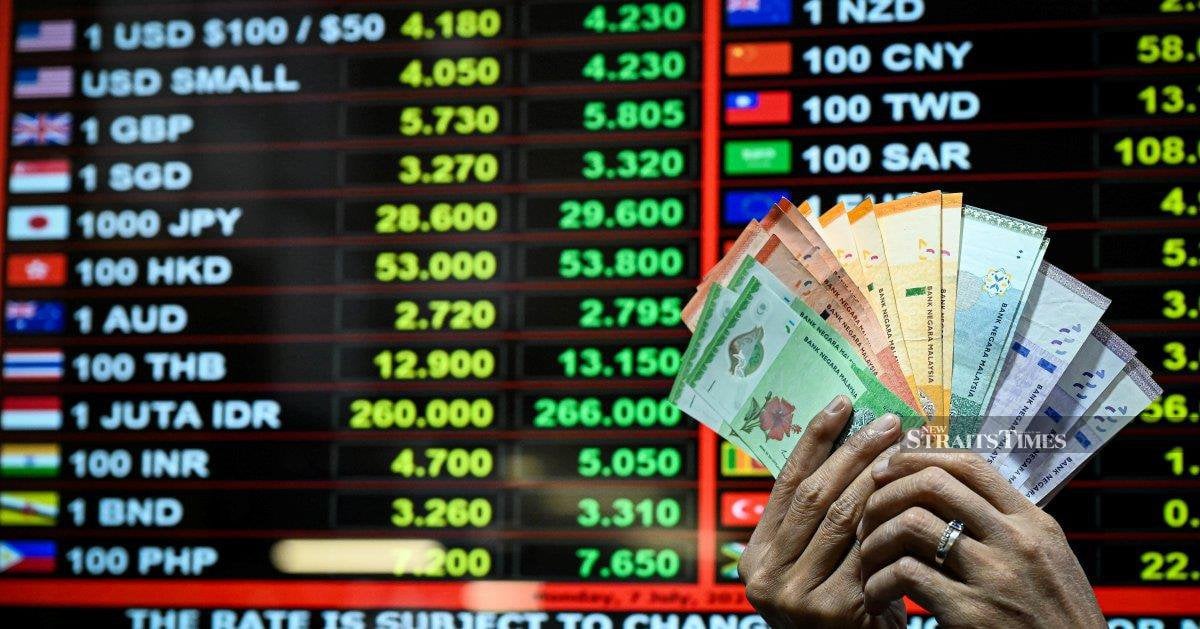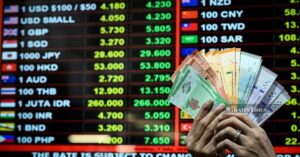KUALA LUMPUR: The ringgit’s sharp appreciation this year is a sign that Malaysia’s economic credibility has returned, but policymakers must now ensure that exporters remain competitive amid stronger currency pressures, an economist said.
IPPFA Sdn Bhd director of investment strategy and country economist Mohd Sedek Jantan told Business Times that the local currency’s seven per cent rally against the US dollar reflects renewed market confidence in Malaysia’s macroeconomic management.
This follows the 5.2 per cent gross domestic product (GDP) growth in the third quarter of 2025, highlighting the country’s fiscal discipline and policy consistency.
“Malaysia’s recent uptick in competitiveness rankings and the ringgit’s appreciation instead reflect the cumulative impact of earlier structural reforms and prudent fiscal management.
“This includes the market’s positive reception to the government’s renewed reform impulse, of which the 13th Malaysia Plan is an important signalling element.
“The message to investors is clear: Malaysia’s direction is stable, disciplined, and reform-oriented,” he said.
COMPRESSED PROFIT MARGINS
However, Sedek cautioned that while a strong ringgit lowers import costs and supports price stability, it can also compress profit margins for exporters, especially those in sectors such as electrical and electronics (E&E), palm oil, and petrochemicals.
The E&E sector, which makes up about 50.6 per cent of Malaysia’s total exports, operates on thin profit margins of between five and eight per cent.
“Given this narrow margin headroom, a seven per cent appreciation in the ringgit, if not offset by pricing adjustments or hedging, can materially erode profitability.
“Even a modest local-currency cost uptick or revenue drop of half to one percentage point could represent a significant share of their profit buffer,” he said.
The impact is more pronounced among small and medium enterprises, many of which lack access to hedging tools or advanced treasury management systems to manage currency fluctuations.
Smaller exporters also tend to have limited financial resources and technical expertise, leaving them more exposed to foreign exchange risks.
“Similar challenges affect manufacturing and commodity exporters, especially palm oil and petrochemical producers, as a stronger ringgit lowers export earnings when converted to local currency.
“While a strong ringgit shows economic strength, exporters need financial flexibility to cope with tighter margins,” Sedek said.
He pointed out that larger companies generally have access to forward contracts or natural hedging tools, while smaller and mid-sized firms often lack such instruments, leaving them more exposed to currency volatility.
LEVERAGING RINGGIT STRENGTH
Looking ahead, Sedek said the next six months would be crucial for Malaysia to translate its short-term macro strength into long-term competitiveness through targeted policy execution rather than broad fiscal expansion.
“When the ringgit is weak, exporters do not need assistance; but when it strengthens — as it has now — they need tools to manage exposure.
“Acting early helps prevent future pressure, and the cost of preparedness is far lower than the cost of reaction,” he added.
Sedek said the top priority now is to solidify recent gains and boost industrial growth by fast-tracking the New Industrial Master Plan 2030 and the National Semiconductor Strategy, focusing on automation, productivity, and value-chain integration.
These initiatives are crucial for maintaining export capacity and protecting the economy from external shocks and fluctuations in global demand.
“The ringgit’s appreciation and Malaysia’s improved competitiveness rankings demonstrate regained credibility.
“The next task is to translate that credibility into sustained momentum, ensuring a strong ringgit becomes a symbol of economic maturity rather than a test of endurance,” he said.
© New Straits Times Press (M) Bhd






